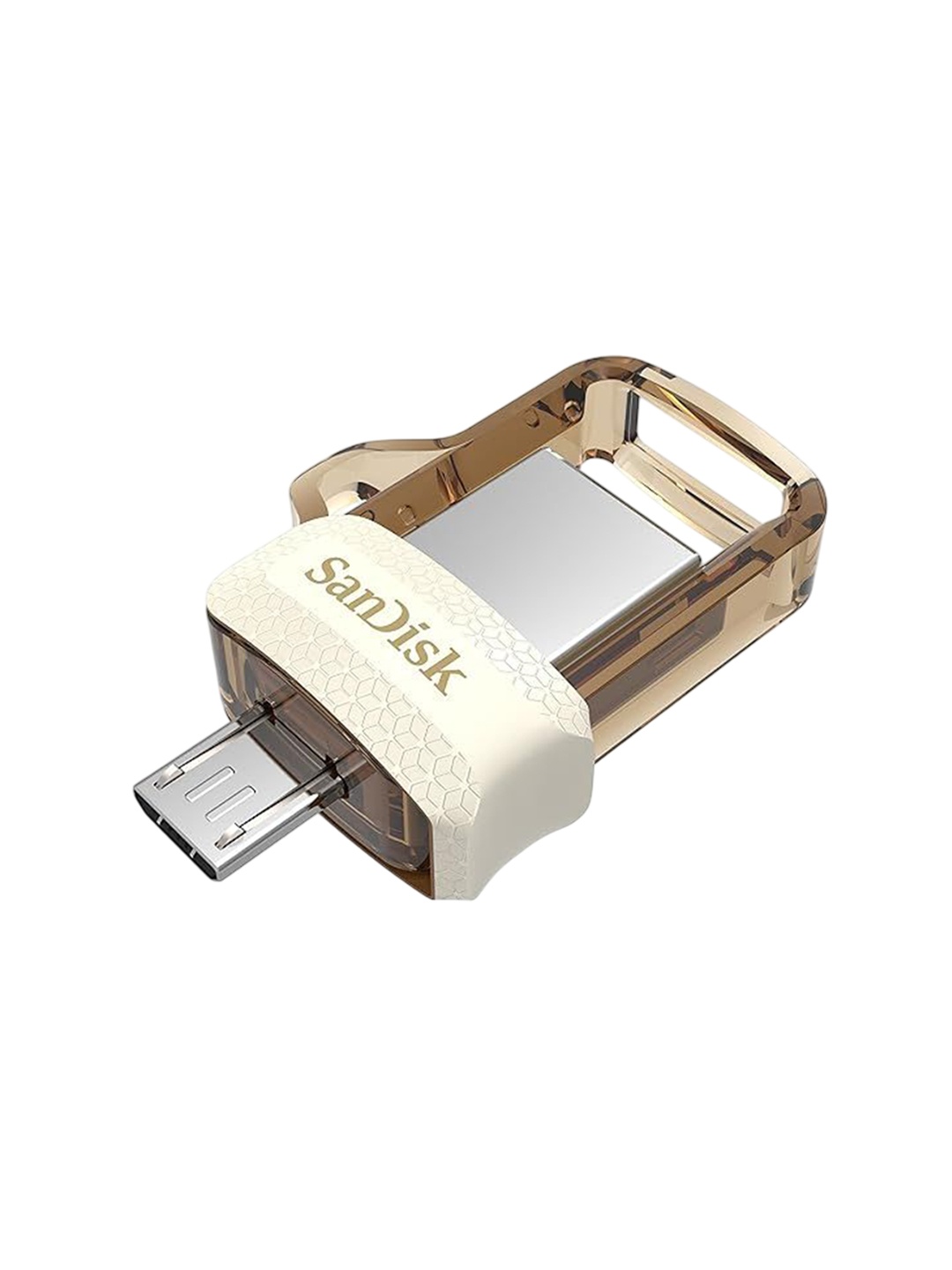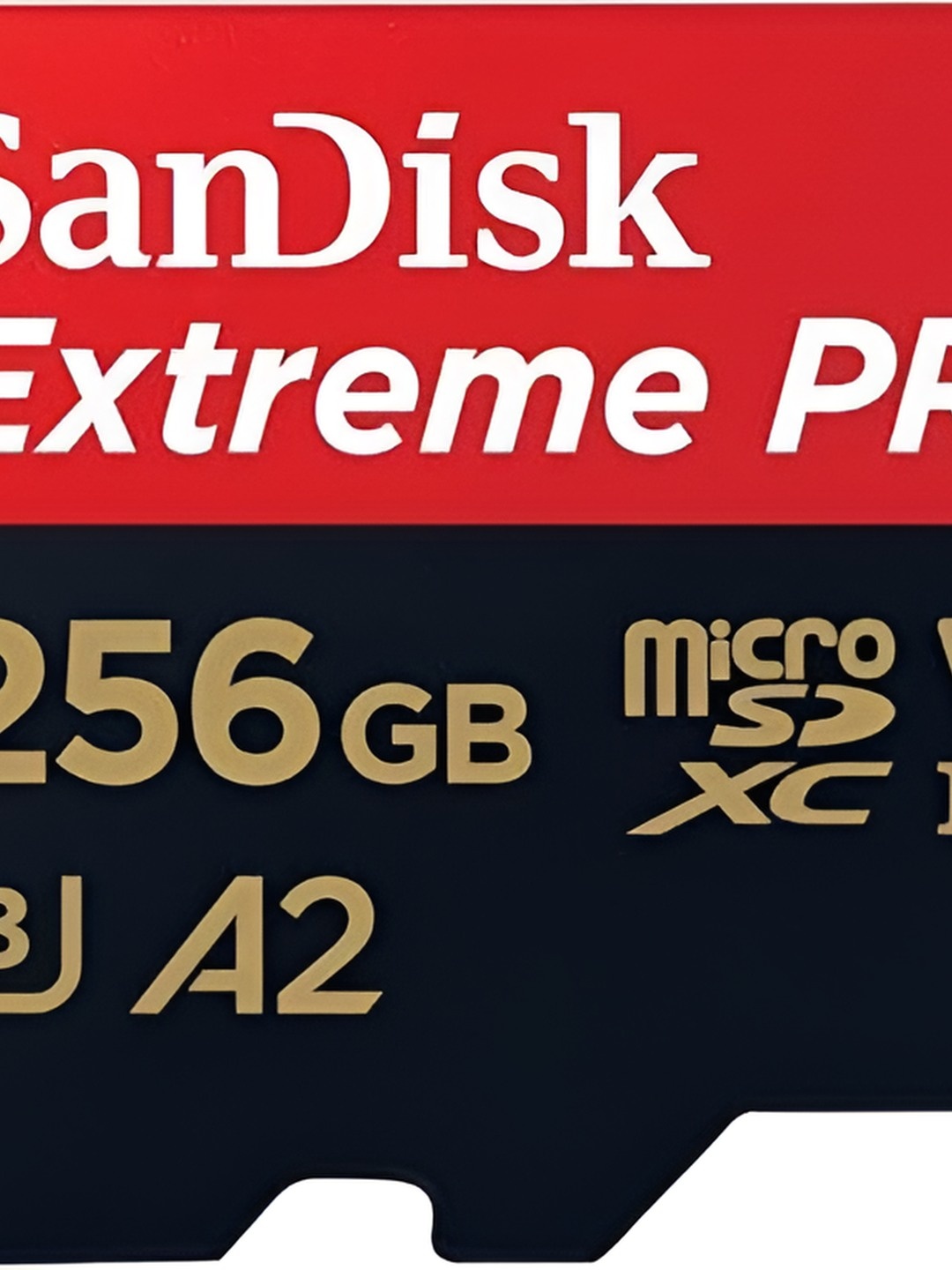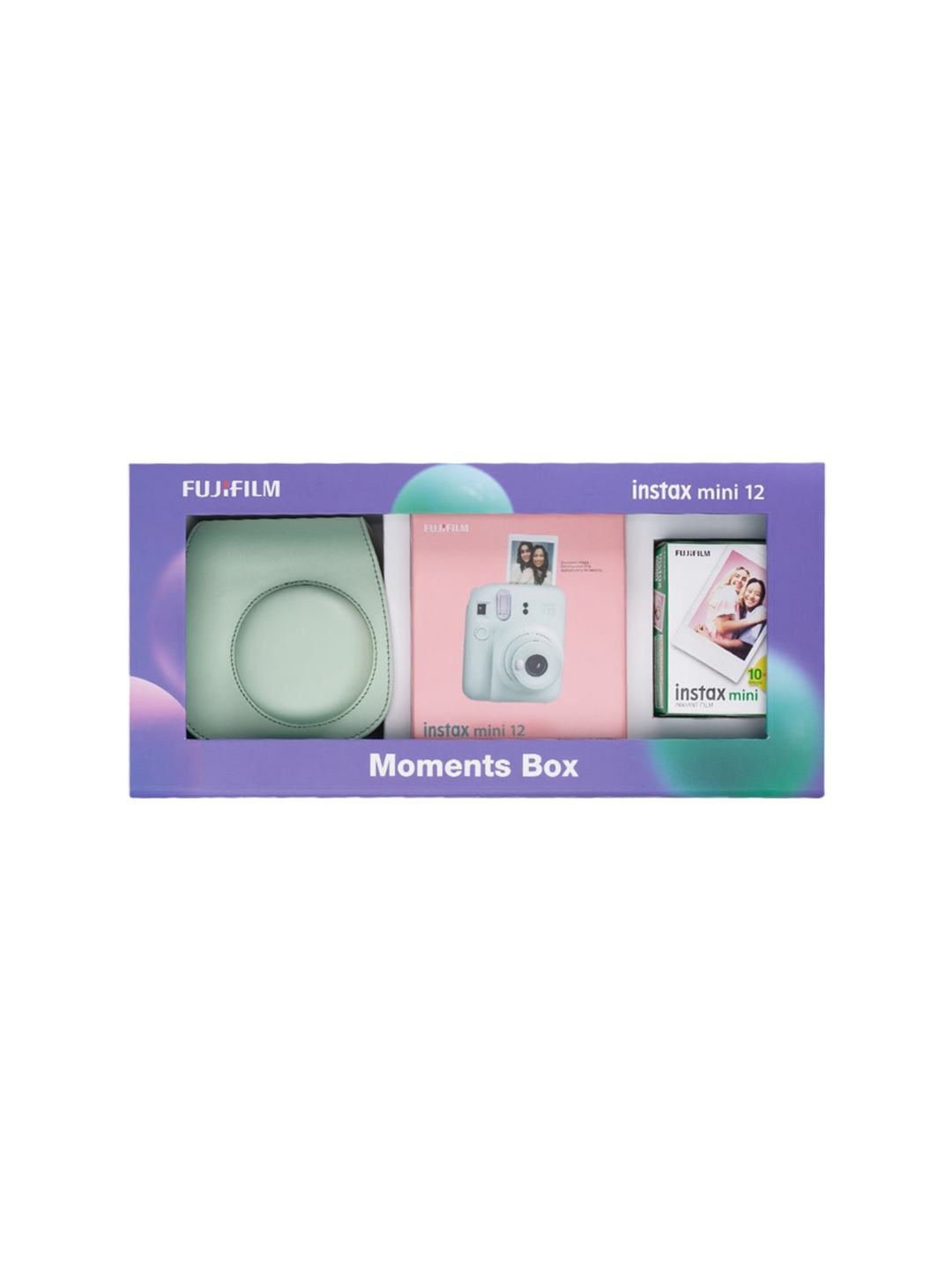Buying Inverter Batteries? What You Need To Know And How To Pick The Top Ones On Flipkart
Inverter batteries are a modern-day necessity, especially in regions prone to frequent power outages. Dive into everything you need to know about inverter batteries and know how to choose the right one on Flipkart.

The Ultimate Guide To Inverter Batteries: Pick the Top Ones On Flipkart
Power cuts are more than just a minor inconvenience in many parts of India. They disrupt work, leisure, and daily routines, leaving us grappling with the heat, darkness, and quiet of an uncharged world. Whether it's during a summer evening when the air conditioner suddenly shuts off, or a rainy night when the lights flicker and go out, we all know the frustration that follows. This is where inverter batteries come in, offering a lifeline during these unpredictable times.
Inverter batteries quietly ensure that our homes remain powered even when the grid fails. But while many of us rely on them, how much do we know about these lifesaving devices? This guide will help you understand the essential role inverter batteries play in your home, how to choose the best one on Flipkart, and what you should consider before investing. So, let's power up and dive into the world of inverter batteries and also check out the top models on Flipkart!
Also Read: Picking the Right Inverter Battery Can Save You More Than Just Power: Here Is What You Need To Know
1. What Are Inverter Batteries And How Do They Work?
Inverter batteries are specially designed to store electrical energy and provide power to your home when there's a blackout. They are connected to an inverter, which is responsible for converting the stored DC (direct current) power into AC (alternating current) that our appliances use. In simple terms, they act as a bridge between your home's electrical grid and the appliances that keep your life running.
These batteries are typically used in combination with inverters to power essential items like lights, fans, and refrigerators during power outages. Their role is to ensure that your daily activities can continue uninterrupted, from charging your phone to running your ceiling fan. The capacity of an inverter battery varies, and it determines how long your battery can provide backup power before needing a recharge.
The technology behind inverter batteries is constantly evolving. Today, they come with advanced features such as deep cycle capabilities, long service life, and rapid recharge time. This means you won't have to worry about running out of power for extended periods, an important factor in a country like India, where frequent outages are a common problem.
2. Why Are Inverter Batteries Essential In India?
India's frequent power cuts and fluctuating electricity supply make inverter batteries a vital component of many households. From metropolitan cities to rural areas, power disruptions are a common issue, often leaving people without electricity for hours. These disruptions can be especially troublesome during the scorching summer months or when the monsoon brings with it erratic weather patterns.
Inverter batteries ensure that homes remain functional even when the grid goes down. This is crucial not just for comfort, but also for safety. Imagine being without a fan in the sweltering heat, or worse, without a refrigerator during a power cut in the middle of summer. The discomfort and spoilage of food can be avoided with a reliable inverter battery.
Moreover, inverter batteries act as a backup during long power outages, allowing you to keep essential devices running. In rural India, where power supply can be unreliable, an inverter battery becomes indispensable, offering both comfort and a sense of security. Whether it's a power failure at night or during the day, these batteries offer peace of mind knowing that you won't be left in the dark.
3. Types of Inverter Batteries: Which One is Right for You?
When it comes to choosing the right inverter battery, it's important to consider the various types available. There are primarily two types of inverter batteries commonly found in India: Flat Plate Batteries and Tubular Batteries. Each has its advantages and is suited for different needs.
Flat Plate Batteries are cost-effective and suitable for homes with lower power consumption. They are compact, lightweight, and typically need less maintenance than tubular batteries. However, they tend to have a shorter lifespan compared to their tubular counterparts.
On the other hand, Tubular Batteries are known for their long-lasting performance and are perfect for areas where power outages are frequent and long. While they are a bit more expensive than flat plate batteries, their high durability and ability to withstand extreme conditions make them a better investment in the long run. These batteries have a longer life cycle and are generally more efficient, providing extended backup time during power cuts.
The choice between these types will depend on your usage, budget, and the climate in your region. If you live in an area where power outages are prolonged, a tubular battery is likely the best option, though flat plate batteries might serve the purpose if you're on a tight budget.
4. Choosing the Right Capacity for Your Inverter Battery
When selecting an inverter battery, one of the most critical factors to consider is its capacity. This refers to how much energy the battery can store and how long it can provide backup power. Capacity is measured in Ampere-Hours (Ah), and the higher the Ah, the longer the battery will last.
To determine the correct capacity for your needs, you'll first need to evaluate how much power your essential devices consume. If you only need to run a few fans and lights during an outage, a battery with a lower capacity may suffice. However, if you want to keep your refrigerator running, along with a few other appliances, you'll need a battery with a higher capacity.
In most Indian households, a 150Ah to 220Ah battery is sufficient for backup. But if your home has multiple large appliances or you're looking for a backup that can last for several hours, you may need to opt for a larger battery. It's important to strike the right balance between your power needs and the battery capacity to avoid over- or undersizing your system.
5. Maintenance Tips For Inverter Batteries
Inverter batteries, like all technology, require proper care to ensure their longevity. Regular maintenance can keep your battery running efficiently, reducing the likelihood of costly repairs or premature replacements.
Start by checking the water level in the battery every couple of months. In the case of tubular batteries, you may need to top up the water, as they lose electrolyte over time. Always use distilled or de-mineralised water for this purpose.
Next, ensure that the battery terminals are clean and free of any corrosion. Corroded terminals can affect the battery's performance, so a quick cleaning with a brush or a mixture of baking soda and water can go a long way.
Also, keep the battery charged. Regularly charging the battery, even if there's no power cut, is important to maintain its health. Letting the battery discharge completely can reduce its overall lifespan.
If the battery is not functioning as expected, it's always a good idea to get it checked by a professional to avoid any mishaps or further damage.
6. The Role Of Inverter Batteries In Sustainable Living
As the world becomes more conscious of environmental sustainability, inverter batteries are increasingly being seen as part of a greener solution to power interruptions. While the use of renewable energy sources like solar power is still on the rise, inverter batteries make an essential contribution by reducing dependence on the grid and enabling households to store and use energy more efficiently.
Incorporating a solar panel system with your inverter battery can further enhance your home's sustainability. Solar-powered inverter batteries help reduce your carbon footprint and offer long-term cost savings by harnessing the power of the sun.
Moreover, using energy-efficient appliances in conjunction with your inverter system can help conserve electricity, making your home more eco-friendly. This is a growing trend in urban areas, where people are not only looking for reliable power backups but also exploring ways to live sustainably.
7. Understanding Inverter Battery Pricing And ROI
When shopping for inverter batteries, pricing is a key consideration. Depending on the type, capacity, and brand, inverter batteries in India can cost anywhere between ₹5,000 and ₹20,000 or more. Tubular batteries are generally priced higher due to their durability and longer lifespan.
While the initial investment may seem high, the return on investment (ROI) is significant over time. A well-maintained battery can last for 5 to 7 years, providing continuous backup during power cuts. In addition, the savings on electricity bills (when paired with solar systems) can offset the initial cost.
It's also important to consider the cost of regular maintenance, which should be minimal if the battery is well cared for. With proper upkeep, your inverter battery will continue to serve you efficiently, ensuring that power cuts don't affect your daily routine.
8. The Future Of Inverter Batteries In India
As India's power sector continues to evolve, the future of inverter batteries looks promising. With technological advancements, batteries are becoming more efficient, durable, and affordable. Newer models are incorporating features like fast charging, longer lifespan, and better energy management systems.
Moreover, as renewable energy sources such as solar and wind gain popularity, inverter batteries are becoming integral to households looking to go off the grid. India is also seeing an increased focus on battery recycling, making the future of inverter batteries even more sustainable.
As the demand for uninterrupted power grows, so does the need for smart, eco-friendly inverter battery solutions. The next generation of inverter batteries will likely be lighter, more powerful, and more cost-effective, making them an essential part of every Indian home.
Products On Flipkart Related To This Article
1. OKAYA OPJT17036 Tubular Inverter Battery
2. Livguard IT 1348ST Tubular Inverter Battery
3. Livguard IT 1636STJ Tubular Inverter Battery
4. Genus GTT-175 Tubular Inverter Battery
5. Livguard LG750iSTAR_IT 1348ST Sealed Inverter Battery
6. OKAYA ATSW 950 with OPSJT17048 Tubular Inverter Battery
7. LUMINOUS RC 18000 PRO Tubular Inverter Battery
8. Genus GTT-250 Tubular Inverter Battery
9. LUMINOUS Red charge RC25000 long Backup Tubular Inverter Battery
10. Genus Challenger 1100 Pure Sine Wave 825VA Inverter with Trolley and 150Ah Tall Tubular Inverter Battery
Inverter batteries have become indispensable in modern Indian households, ensuring that we stay connected and comfortable during those unpredictable power outages. Whether you're choosing your first battery or upgrading your current one, understanding its role, features, and maintenance can help you make the best choice for your home. With the right battery, you can ensure a steady supply of power when you need it most, all while contributing to a more sustainable and efficient future. So, don't let the next power cut catch you off guard, invest in a good inverter battery today and keep your home running smoothly, no matter what.
Disclaimer: The images used in this article are for illustration purpose only. They may not be an exact representation of the products, categories and brands listed in this article.





























